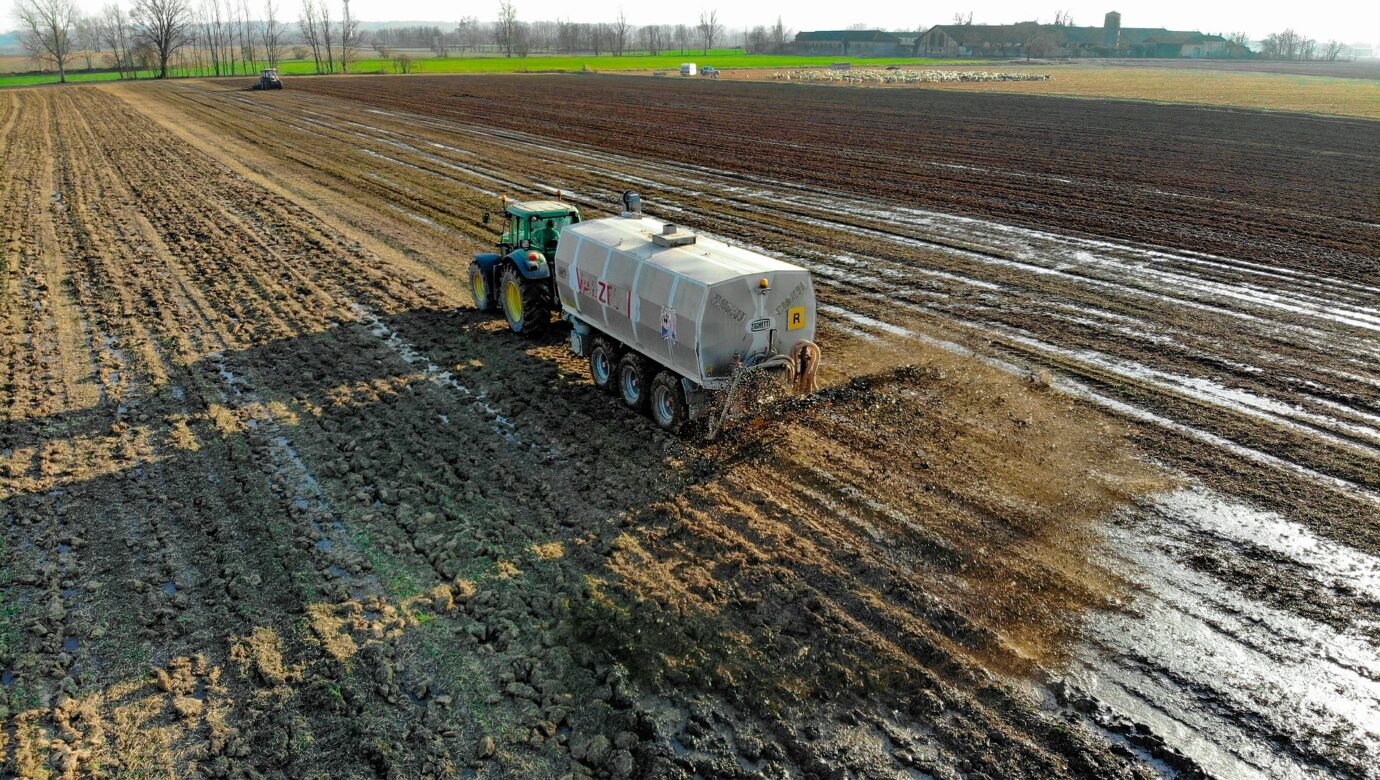
Fertilizer Application on Frozen Ground
Winter Fertilizer Application
During my winter travels with Ward Laboratories, I frequently observe dry fertilizer application on frozen ground. This is generally an ill-advised practice. In Nebraska, the “Bomb Cyclone” event of March 2019 is a well-documented example of why we advise to avoid amendment application on frozen or snow-covered ground. In this event, large amounts of rain fell over much of Nebraska. Soils remained frozen, preventing the rainwater from soaking into the soil. Water ran to the low spots, taking with it any fertilizer that had been applied. An unsavory decision was made: re-apply fertility or skip it for the upcoming season. In either scenario, it would be a hit to the bottom line.
It’s important to be mindful of fertilizer application on frozen ground that could unintentionally contaminate water resources. In the event of heavy spring rains on frozen ground, fertilizer applied in the Midwest could be carried to streams, rivers, major waterways and then on to the Gulf of Mexico or our oceans. An abundance of fertilizer in these water bodies causes microscopic organisms to grow and use up oxygen, known as hypoxia. This can be fatal to fish and other sea life.
Winter Manure Application
The same principles apply to manure applications. There are times when a feeding facility may run short of storage in the winter and need to apply to a field. In this case, apply only enough manure or slurry to gain storage room. Pick an area that is away from water sources and is relatively flat and not as prone to off-field movement if heavy rain or rapid snowmelt occurs. But if storage is not a concern, best practice is to wait to apply manure until the frost is out of fields and the soil can dry.
The bottom line is leave the fertilizer in the shed and manure in storage until spring!
Originally Printed in January 2021 Ward Letter.
